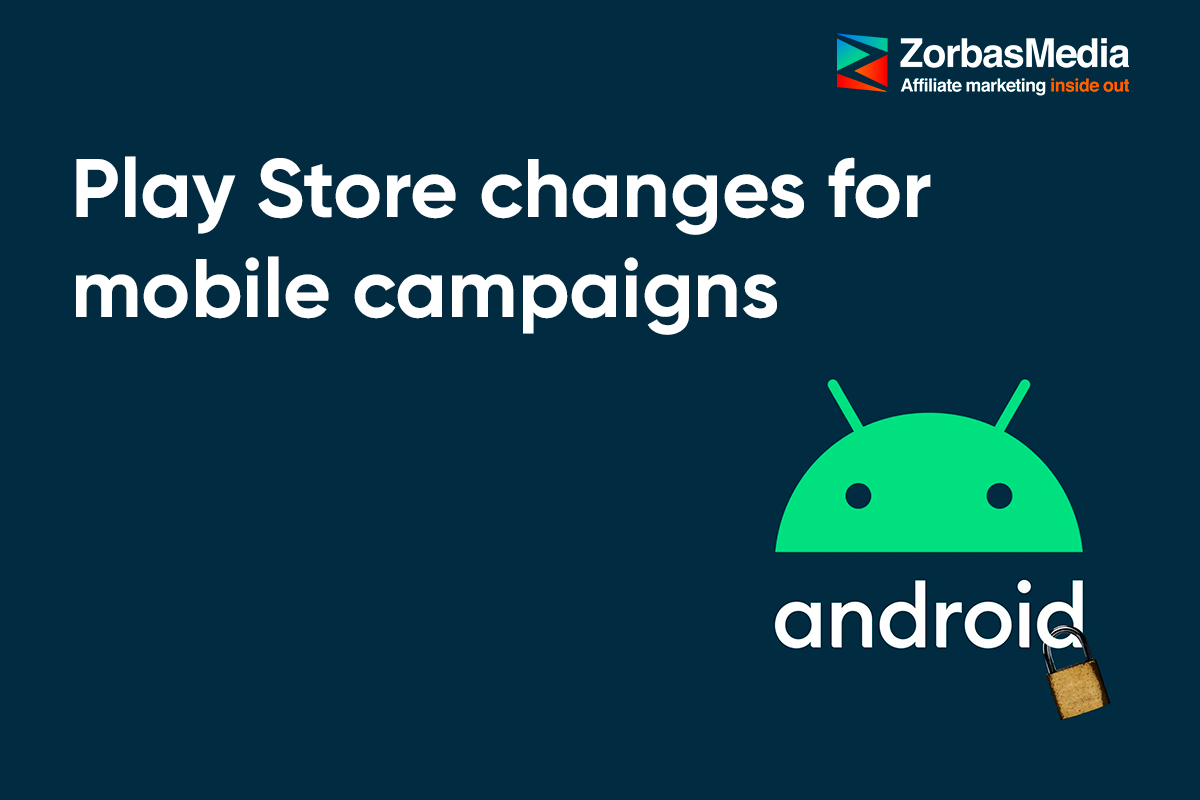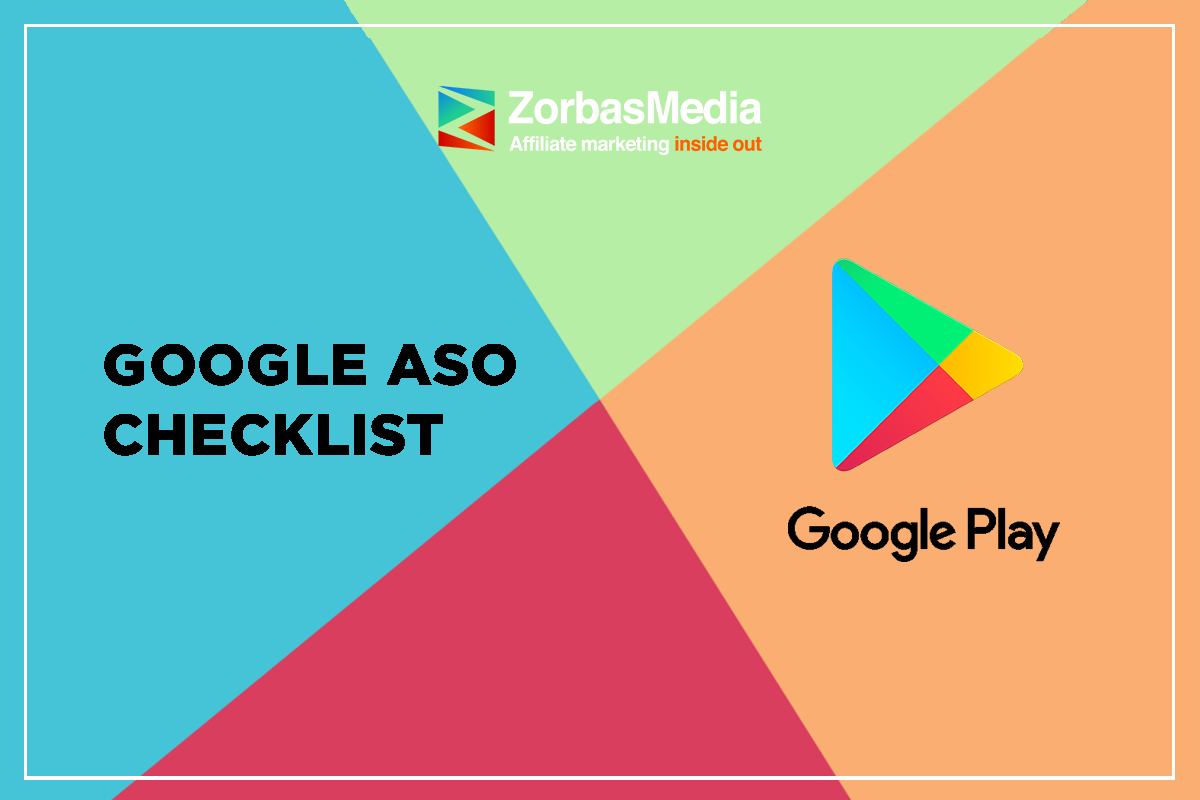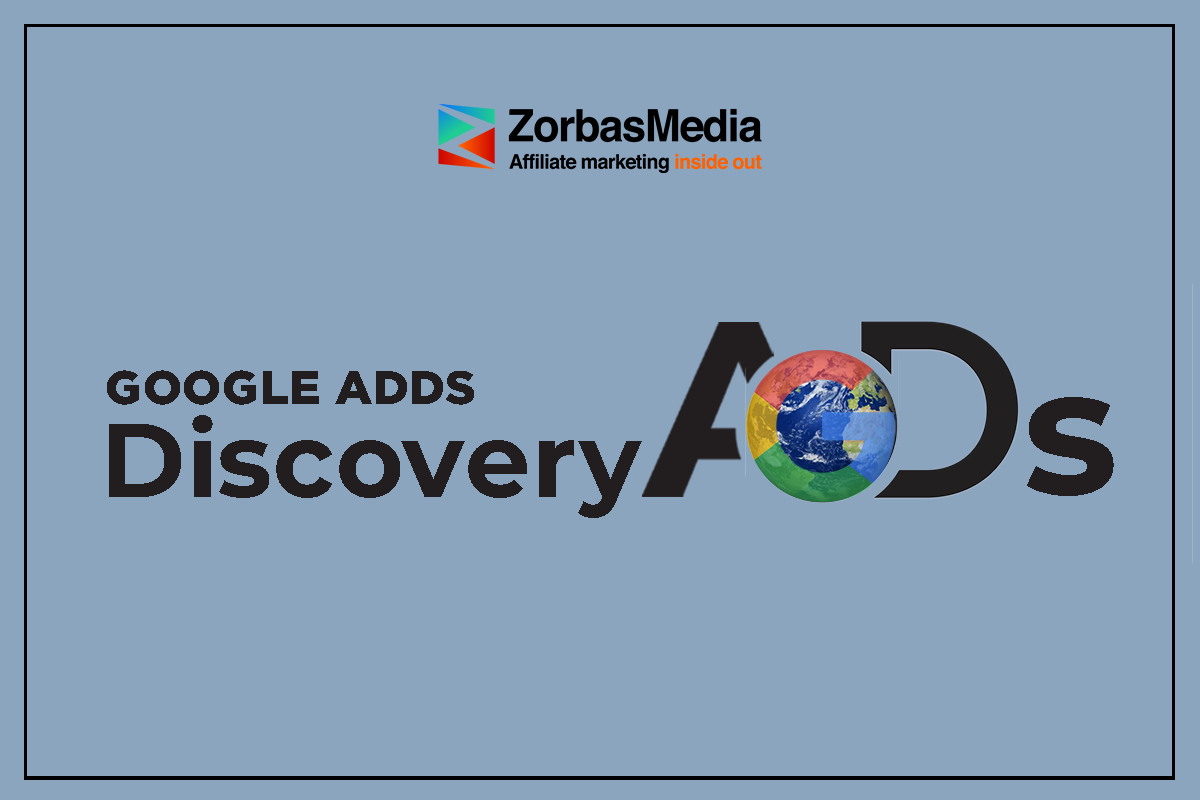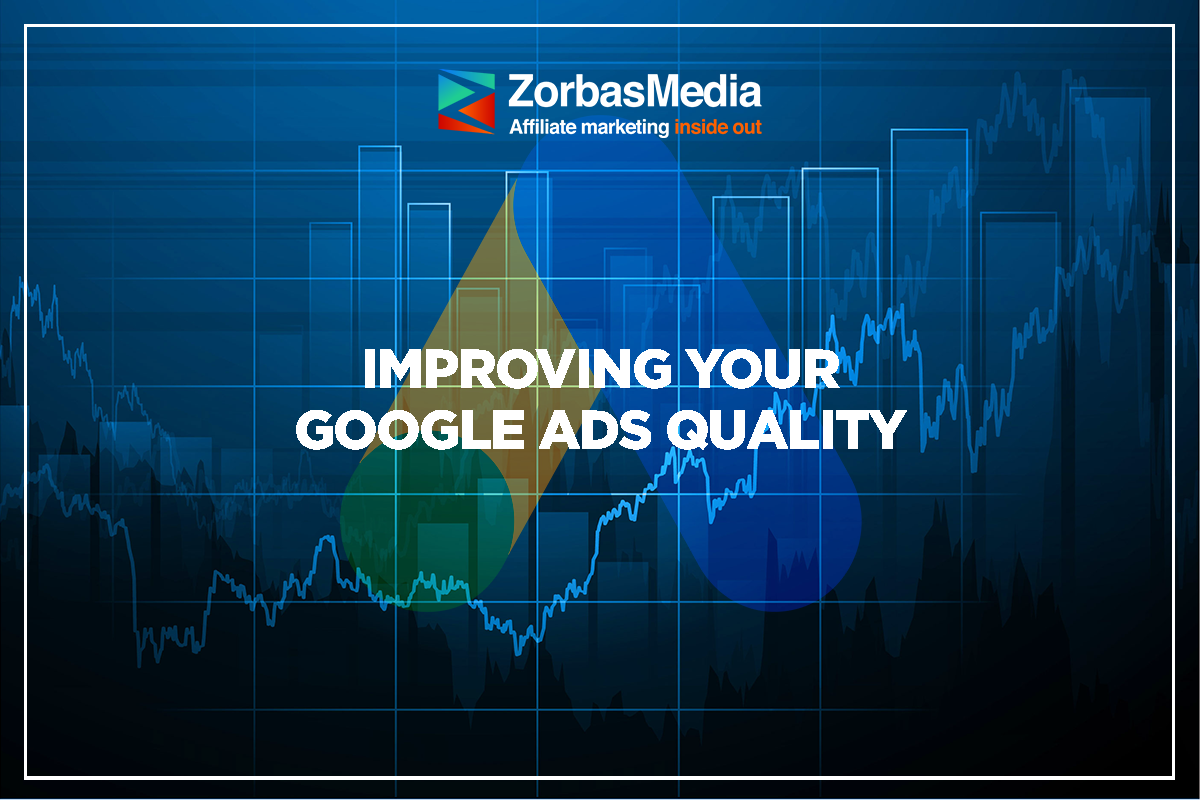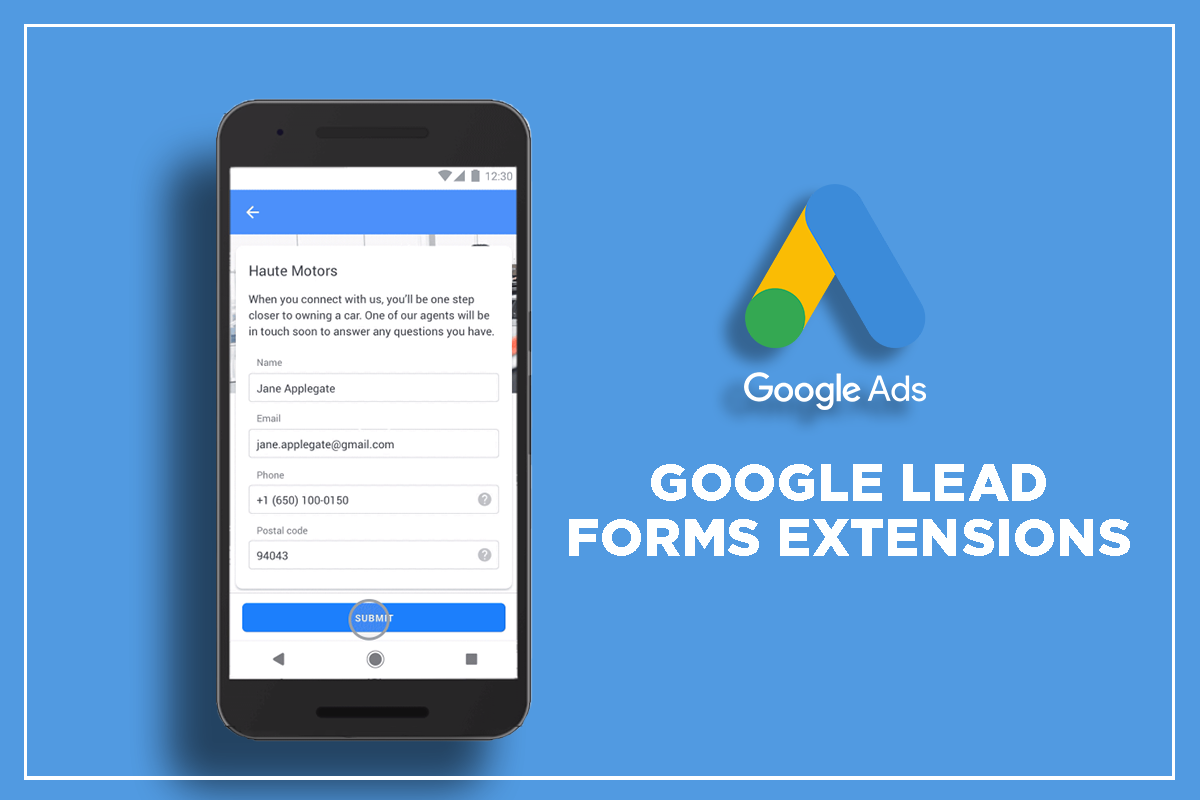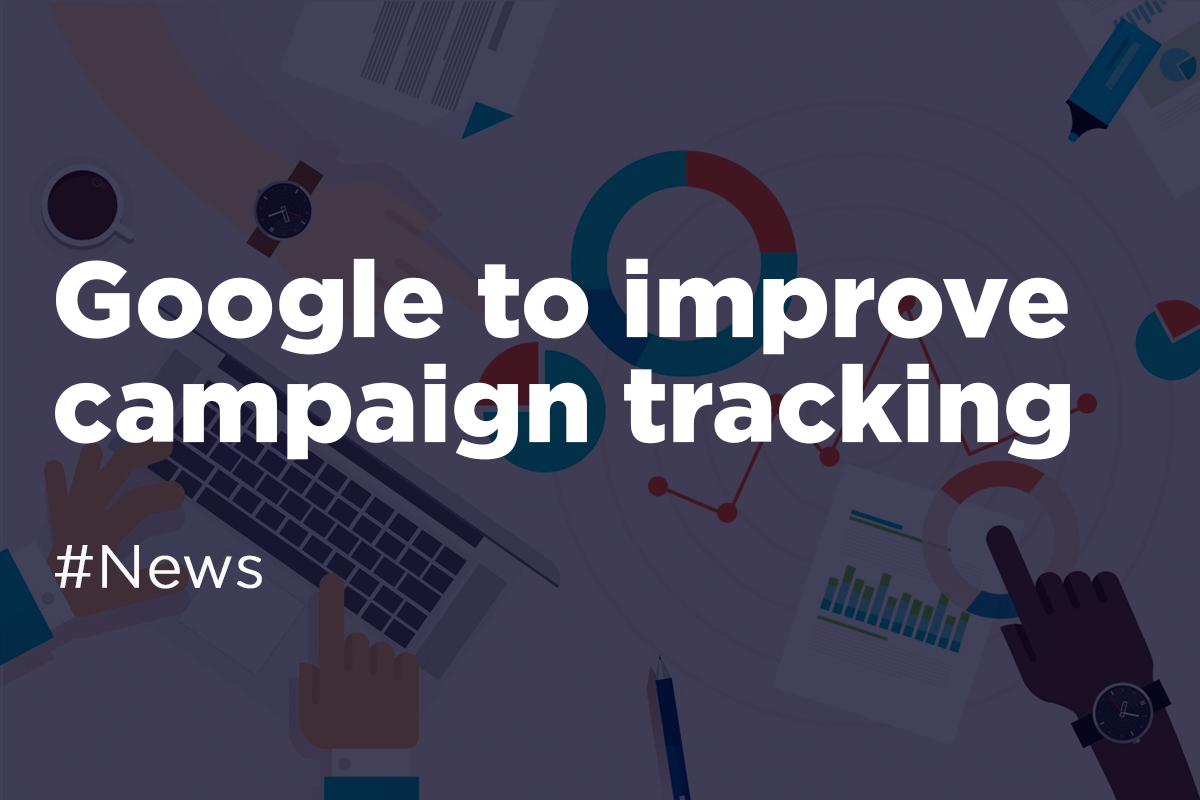Google Ads as a Traffic Source in Affiliate Marketing: How to Monetize Google Ads
Google Ads is a contextual advertising service from Google. Anyone can master this traffic source, but it takes time and many split-tests. In our “Marketing with Google Ads” section, we have a selection of articles, guides, case studies, and educational materials. With us you will make fewer mistakes, save your budget, and run profitable campaigns. Subscribe to our newsletter, so that you don’t miss a single new article!
Getting Started with Google Ads Remarketing: How to Choose the Right Audience and Create an Ad
Read
From toxic paid SMS and fraudulent WAPclick to something new and yet profitable
Read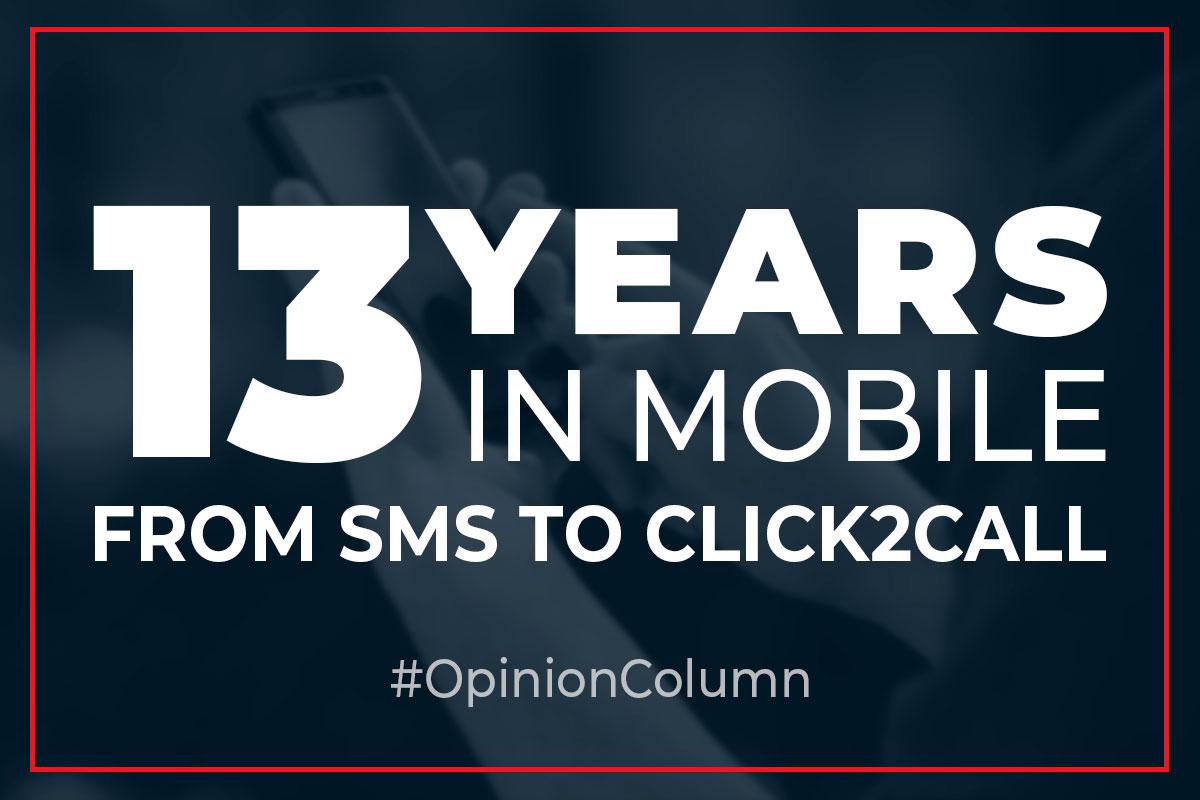
Affiliate marketing offers a lucrative opportunity to earn commissions by promoting products or services, but the key to success lies in driving traffic to your affiliate links. While organic traffic is valuable, paid traffic sources can provide a faster route to exposing your affiliate offers to potential customers. One of the most potent paid traffic platforms in affiliate marketing is Google Ads, formerly known as Google AdWords. In this comprehensive guide, we will delve into the intricacies of leveraging Google Ads for your affiliate marketing campaign.
What is Google Ads?
Google Ads is an online advertising platform developed by Google that allows businesses and advertisers to create and display advertisements to a wide audience across various Google-owned platforms and partner websites. Formerly known as Google AdWords, it operates on a pay-per-click (PPC) model, where advertisers pay a fee each time a user clicks on their ad. Google Ads is a versatile and powerful platform that allows marketers to promote their products or services to a vast online audience. It is widely used in digital marketing strategies to drive traffic, increase brand visibility, and achieve various marketing objectives.
Google Ads operates on a powerful ecosystem where your ad can appear in two primary scenarios:
- Search queries: when individuals search for keywords related to your product or service, Google Ads can display your ad alongside the search results. This method targets users actively seeking what you’re promoting.
- Contextual advertising: your ad may also appear on websites and platforms with content related to your affiliate offer. This contextual approach broadens your reach to users browsing content related to your niche.
The role of keywords
Central to the Google Ads ecosystem are keywords. These are the words or phrases you select when setting up your Google Ads campaign. Keywords connect your ads with potential customers. For example, if you’re promoting fresh flower delivery, you’d select “fresh flower delivery” as a keyword. When someone searches for this phrase or visits a site discussing fresh flower delivery, your ad has the potential to appear.
Navigating the Google Ads auction
So, how does Google determine which ads get shown? The process unfolds through a rapid ad auction each time a user conducts a Google search or visits a site displaying ads. Google Ads computes an Ad Rank for every ad in the auction, dictating ad positions and eligibility. Ad Rank is influenced by several factors:
- Your bid: the maximum amount you’re willing to pay for a click on your ad. Note that you often pay less than your bid, and you can adjust it anytime.
- Ad and landing page quality: Google assesses the relevance and usefulness of your ad and the linked website. This assessment results in your Quality Score, which you can monitor and enhance.
- Ad rank thresholds: to ensure high-quality ads, Google sets minimum requirements that ads must meet to appear.
- Search context: various factors like search terms, geographical location, device type, competing ads, and user signals contribute to Ad Rank.
- Expected impact from ad assets: additional information in your ad, like phone numbers or links to specific site pages (called ad assets), is evaluated for its impact on ad performance.
Typically, the ad with the highest Ad Rank secures the top position, and the second-highest ranks second, provided they meet the necessary thresholds.
Cost-Per-Click (CPC) bidding
With CPC bidding, you’re charged only when someone clicks your ad and visits your website. Key points to understand:
- Your maximum cost-per-click bid is the most you’re willing to pay for a click, but you often pay less.
- Google Ads allows you to control your budget by specifying your average daily spend. On popular days, it may exceed your daily budget, but it won’t exceed your monthly budget limit.
- For conversion-focused campaigns, daily spend may exceed the average daily budget by more than double.
Why choose Google Ads?
Google Ads stands out as a top-tier paid traffic source that can significantly enhance your affiliate marketing endeavors. Here are some compelling reasons why Google Ads should be an essential component of your affiliate marketing arsenal:
- Precision targeting: Google Ads allows you to reach your exact target audience effectively. By displaying your ads to individuals already searching for products or services similar to your affiliate offer, you can dramatically increase the likelihood of generating clicks and conversions.
- Budget customization: Google Ads provides the flexibility to tailor your campaigns to suit your specific needs. You can set daily budgets, determine the duration of your ad campaigns, and control when your ads run. This level of customization empowers you to manage your expenses and optimize your advertising strategy.
- Robust tracking and reporting: to measure the success of your affiliate marketing campaigns, Google Ads offers an array of tracking and reporting tools. These tools provide valuable insights into your campaign’s performance, allowing you to assess key metrics such as ad impressions, clicks, and conversions. This data-driven approach enables you to refine and optimize your campaigns for better results.
- Versatile advertising options: beyond promoting affiliate offers, Google Ads supports various advertising objectives, including branding, lead generation, and e-commerce sales. While ClickBank predominantly focuses on information-based products, the strategies discussed in this guide can be adapted for any product category.
Pros and cons of Google Ads in affiliate marketing
Running Google Ads for affiliate marketing has its advantages and disadvantages:
Pros | Cons |
|
|
Best practices for affiliate marketing with Google Ads
For successful affiliate marketing campaigns via Google Ads, adhering to proven best practices is essential.
- Comply with Google Ads policies
Thoroughly understand Google Ads policies, as adherence to even the smallest details is critical. Disclose your partnerships, follow affiliate program rules, and avoid bidding on brand keywords.
- Avoid bidding on brand keywords
Most affiliate programs prohibit bidding on brand names and keywords. Violating this rule can result in Google Ads account suspension and voided commissions, making it a risk not worth taking.
- Avoid misleading claims
While promoting your links, remain realistic and avoid making extravagant claims. Lying to customers can lead to account suspension, loss of trust, and canceled commissions.
- Track analytics
Monitoring click-through rates and other statistics is crucial, especially when paying for traffic. Avoid using redirects or cloaked links. Instead, utilize Google’s UTM tags and internal affiliate program scripts for campaign tracking.
- Develop a content strategy
To boost conversions, direct traffic to valuable, engaging content that naturally encourages users to click affiliate links. Detailed offer descriptions, positive customer reviews, and audience-targeted content are key.
- Invest in website design
A user-friendly website design enhances navigation and reduces friction in the conversion process. Opt for a layout with ample white space, easy navigation, and optimized content.
- Use relevant keywords
Ensure your ads accurately represent the affiliate offer you’re promoting to prevent a high bounce rate caused by a mismatch between your ad and landing page.
Tracking campaign performance
Tracking campaign performance is essential for making data-driven decisions. Key metrics to monitor include:
- Clicks: the number of times your ad was clicked, indicating traffic to your affiliate offer.
- Conversion Rate: the percentage of clicks that resulted in a sale or lead, reflecting the effectiveness of your ad.
- Incremental revenue: total revenue generated from your affiliate offer, representing your bottom line.
- Return on Ad Spend (ROAS): calculated by dividing incremental revenue by ad spend, indicating campaign profitability.
- Cost Per Sale or Cost Per Click (CPS/CPC): the amount spent per sale or click, gauging campaign efficiency.
Ensure you set up conversion tracking within Google Ads to access these metrics and optimize your affiliate marketing campaigns effectively.
Discover the right keywords for Google Ads campaigns
Keyword research plays a pivotal role in your Google Ads success. Identifying the right keywords is crucial for reaching your target audience effectively. Here are strategies to discover relevant keywords for your campaign:
- Google searches
Begin by conducting Google searches related to your affiliate offer’s niche. Observe the keywords used in the SEO titles of search results and explore the “Searches related to” section at the bottom of the results page. These related searches can provide valuable keyword ideas for your campaign.
- Analyze competitors
Examine the Google Ads campaigns of competitors or businesses promoting similar products. Conduct broad keyword searches in your industry and note the type of ads displayed. This analysis can yield keywords to consider for your campaign.
- Utilize keyword research tools
Leverage keyword research tools to gain insights into popular search queries and their search volume. Some recommended tools include Google AdWords Keyword Planner, Wordtracker, Moz Keyword Explorer, KWFinder, Ahrefs, and SEMrush. These tools can help you understand user search behavior and identify valuable keywords.
- Embrace long-tail keywords
Long-tail keywords, which are more specific and targeted phrases, can be highly effective in attracting quality traffic. Instead of solely targeting generic keywords, explore long-tail variations that align with your affiliate offer. For instance, consider “purchase carbon credits online” rather than “carbon credits” for a more focused approach.
Case studies
How to Make $443.85 Promoting Dating Offers on Google Ads
In this anonymous case study, the affiliate marketer explored promoting dating offers on Google Ads, a potentially tricky endeavor due to its sensitive nature. They created a legitimate landing page, categorizing dating networks by rates, and ensuring compliance with Google’s policies.
With a budget of $500, the marketer targeted two distinct male age groups, focusing more on the older demographic due to higher conversion potential. They aimed at Tier 1 countries, optimizing ad rates. Keywords included dating-related terms with varying CPCs.
Results: The campaigns generated $943.85 in revenue, yielding a profit of $443.85 after accounting for advertising costs. Despite some unmonetized leads and program selection challenges, the 19% conversion rate, possibly influenced by pandemic-induced loneliness, showcased the dating vertical’s popularity.
Articles and guides
- Everything You Need to Know About Google Ads Lead Forms
- How to Improve Your Google Ads Quality Score
- Comprehensive guide on keyword match types in Google Ads
- Affiliate Marketing With Google Ads
- Can You Use Google Ads for Affiliate Marketing?
Forums and communities
If you’re ready to explore the realm of native ads and uncover effective strategies for monetizing your campaigns, you’re in for a treat. There’s a wealth of valuable resources waiting to assist you in navigating this dynamic landscape and maximizing your affiliate marketing efforts.
- Let’s begin with the Stack That Money (STM) Forum, an exclusive haven for advertising enthusiasts. Here, you’ll dive into deep conversations, dissect real-world case studies, and gain invaluable insights into the world of native ads, all while connecting with like-minded individuals.
- For those seeking dynamic discussions and potent strategies within the realm of native advertising, look no further than the Warrior Forum. This platform is your ultimate hub, providing a treasure trove of information and insights. It’s the perfect starting point for affiliate marketers striving for excellence in native advertising.
- Prefer to absorb information through audio? Don’t miss out on the Affiliate Marketing Podcast. Tune in to discover valuable strategies and stay abreast of industry trends while on the move.
- Venture into the vibrant community of AffiliateFix, where affiliate marketers congregate to exchange ideas on native ad strategies, affiliate networks, and promising ventures.
- Last but certainly not least, Mobidea Academy awaits with a plethora of resources tailored to native ads. By harnessing these tools, you’ll open doors to lucrative opportunities in this niche.
Conclusion
Google Ads represents a powerful traffic source for affiliate marketing that can significantly boost your earnings and exposure in the digital landscape. By understanding the intricacies of Google Ads and implementing best practices, you can harness its potential to drive targeted traffic to your affiliate offers.
However, it’s essential to be aware of the pros and cons associated with Google Ads in affiliate marketing. While it offers access to a vast audience and the potential for rapid results, it can also be costly, and strict policies must be adhered to. Moreover, clicks do not guarantee conversions, emphasizing the importance of website quality and content.
To maximize your success with Google Ads in affiliate marketing, remember to comply with policies, avoid bidding on brand keywords, provide honest and valuable content, and track campaign performance diligently. Keyword research is crucial, and long-tail keywords can be highly effective in reaching a specific audience.
By staying informed, adhering to best practices, and continually optimizing your campaigns, you can unlock the full potential of Google Ads as a traffic source in affiliate marketing. This platform offers a wealth of opportunities for affiliate marketers willing to invest time and effort into their campaigns. So, embark on your Google Ads journey with confidence, and watch your affiliate marketing endeavors thrive in the digital realm.



